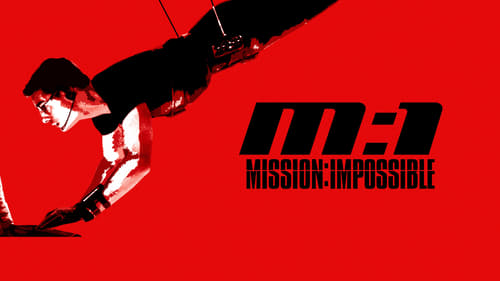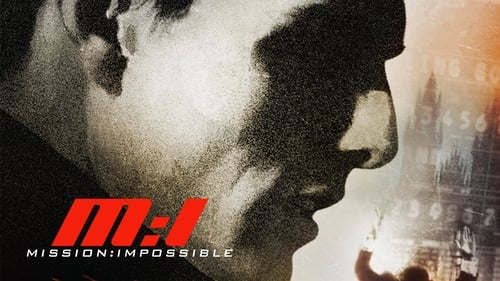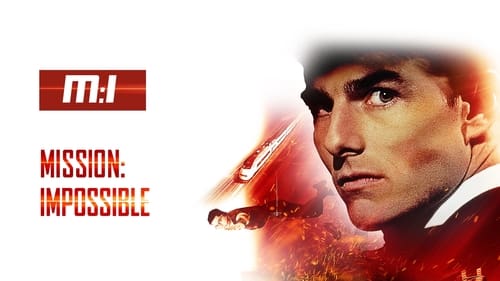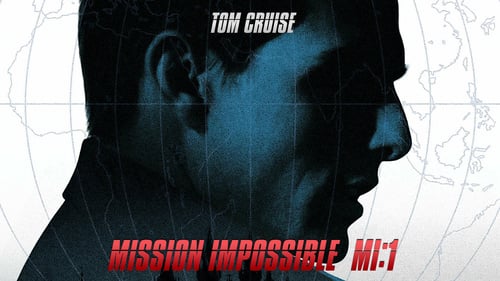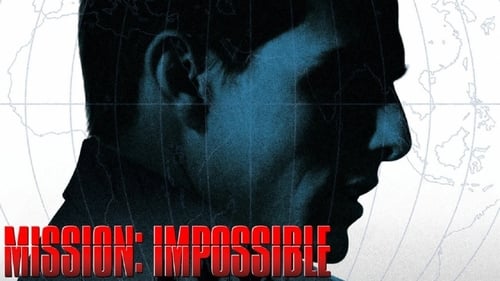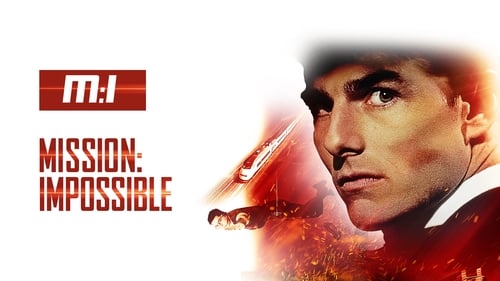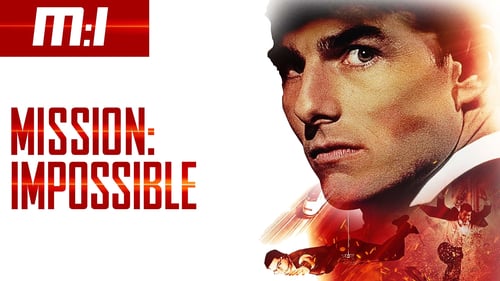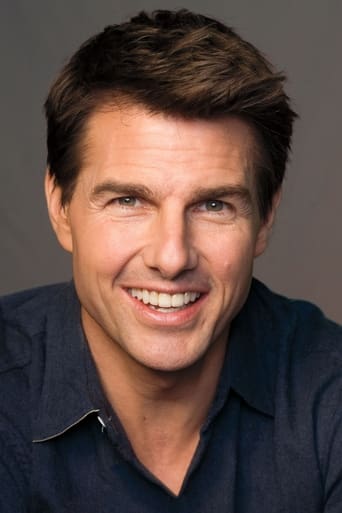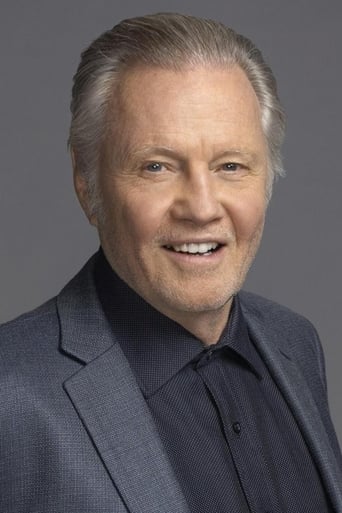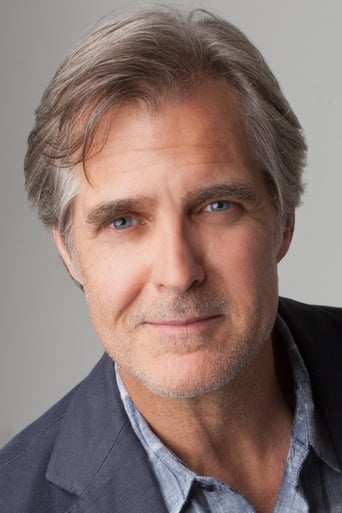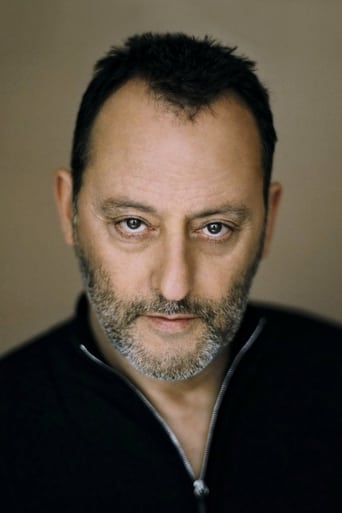Grant Bullert
"Mission: Impossible" has some great moments, lots of fantastic ideas, but quite a bit of weak execution. It has also not aged well at all.-Analysis of Notable Work- *Writing/Directing: The story is relatively engaging throughout most of the film, but the twists seem more forced than they need to be. Brian De Palma knows how to direct action, but does not do as well with drama and suspenseful twists. *Cinematography/Editing: These are two of the weaker aspects of the film. Stephen H. Burum is a capable cinematographer, but he does not prove that with this film. Much of the film looks like home video. The editing is also quite weak with many cheesy moments. *Dialogue/Acting: The entire flow of the film feels a bit off. The dialogue is classless and thinks it is much more clever than it is. The delivery does not help, either. Tom Cruise holds his own, but much of the supporting cast is less than impressive. Even Jon Voight delivers a sub-par performance. *Music/Sound Design: While iconic, the soundtrack is not powerful or helpful in the film. The main theme is recognizable, but that is about all that can be said about it. The sound design is yet another less than average part of the film. It does not feel as grounded as it should. Everything seems to be over the top. *Production Design/Special Effects: The set design, costumes, and props are all a bit boring. Some of the gadgets are interesting, but they do not make up for the poor effort of the rest of the film. The special effects are not yet mastered in this film. It all feels rather cheap.*Conclusion: "Mission: Impossible" feels like a testing of the waters for modern spy films. They have not yet figured out how to pull it off, but they are still working on getting acclimated to the water temperature.
a_chinn
This first Mission: Impossible film is a bit of a mixed bag for me. Firstly, Tom Cruise has always annoyed me as an actor, although I usually end up finding myself enjoying his films despite his annoying screen presence and weirdly intense performances. Second, This film's serpentine and overly complicated plot more than pushed credulity, not that your typical James Bond film is exactly realistic, but the plot here takes so many twists that it just becomes annoying. However, there are enough other aspect to the film that are so good the above mentioned fairly major deficits are overcome. The film opens with the IMF team (Jon Voight, Emmanuelle Béart, Kristin Scott Thomas, Ingeborga Dapkunaite, and Emilio Estevez) infiltrating a foreign embassy, when (SPOILER ALERT) the entire team is killed, which was a shockingly awesome the first time I saw it in the theater (especially after each character got their own freeze frame intro ALA TV credit sequence), with only Cruise and Béart barely escaping with their lives. The two then become prime suspects in their team's demise and then set out to clear their name by stealing the "NOC List" which contains all of the undercover IMF agents, which they will then use as leverage with another power broker so, blah, blah, blah... who really cares. The NOC List is a classic MacGuffin where it doesn't really matter what it is, except that all of the characters are after it. Cruise forms his own rogue team of disavowed agents, and I still remember the audible gasp of excitement from the audience in the theater with the reveal of Ving Rhames leaning into frame, followed by Jean Reno leaning in right after him. The two were not major stars at the time, but had both just come off of "Pulp Fiction" and "The Professional," which is something that may be lost on audiences watching this film today. The main charm of this first Mission: Impossible film is the set pieces, which is something right up director Brian De Palma's alley. De Palma is famous for his elaborate set pieces, whether it's the baby carriage bouncing down the steps in the midsts of a slow motion shootout in "The Untouchables," Angie Dickinson in "Dressed to Kill" following a man through an art gallery, John Travolta in "Blow Out" using a radio mic to find Nancy Allen before John Lithgow kills her, the long Steadicam setups for finale of "Carlito's Way," or the wildly suspenseful build up to the pigs blood being dropped on Carrie at her prom, he is a director deservedly known as a modern day master of suspense and the rightful hair to Hitchcock's throne. De Palma delivers multiple set pieces, but the best comes in the middle of the film when the team breaks into the CIA headquarters, lasting almost 20 minutes, done almost wordlessly, and in near complete silence. The team breaks into a secure room at Langley that only one man has access to, is sound sensitive, the floors pressure sensitive, and are temperature sensitive, all of which can trigger an alarm, so the team has to get gain access, get the one agent out of the room, and bypass all the alarms in order to steal the NOC List. Will the agent come back into the room to discover Hunt? Will Hunt touch the floor and set off the alarm? Will the temperature in the room rise too high and set off the alarm? Will a noise set off the alarm? Will Reno be able to hold rope long enough to keep Hunt aloft? Will a rat in the air duct cause Reno to drop Hunt? Will that bead of sweat on Hunt's glasses touch the floor and set off the alarm? It's an insanely fun suspense set piece and is irresistible. The scene reminded me of the great Jules Dassin jewel heist pictures like "Rififi" or "Topkapi," but with a dash of James Bond. The other scene that always stuck with me is a smaller one, but it's is also a testament to De Palma's directors skills. It's a scene following the film's opening when Cruise goes to a rrestaurant with the CIA director who wants to take Cruise in for questioning about his failed mission. De Palma slowly builds the suspense with increasing close ups of the two actors starring each other down as CIA head Eugene Kittridge, played by the underrated Henry Czerny, as he delivers the sharply written Robert Towne dialogue, over the crescendoing Danny Elman score, saying"Alright, Hunt. Enough is enough. You have bribed, cajoled and killed, and you have done it using loyalties on the inside, you want to shake hands with the devil, that's fine with me, I just want to make sure you do it in hell."And then BOOM! Fish tanks explode and Elfman's music soars in what's another great De Palma build-up and climax. But De Palma films are much more than suspense. He's also known for his themes around voyeurism, violence, and guilt, as well as his many visual hallmarks, including split-screen, slow zooms, 360 degree shots, and extensive use of POV shots, all of which manage to work their way into "Mission: Impossible." Thematically, it's nowhere as hard edged as "Casualties of War" or "Body Double" but this is unmistakably a Brian De Palma film and he leaves his fingerprints all over it. The second Mission: Impossible film had a very different kind of action film director with John Woo, who also left his very unique style of action on that film, which made me quite excited about this franchise, where each film would feature a different director who's bring their own unique vision to the series. The subsequent sequels directed by J.J. Abrams, Brad Bird, and Christopher McQuarrie (all good films and all good directors) did not stand apart from one another nearly as much as Woo and De Palma's films did. I think it would have been fun to have continued to seek diverse action film directors to tackle each new films. Who wouldn't want to see Luc Besson, Walter Hill, John Milius, James Cameron, or Michael Mann directed a Mission: Impossible sequel, though they may be too big for a franchise films, but still, a sequel directed by Nicolas Winding Refn, Gareth Evans, Kathryn Bigelow, Matthew Vaughn, Takashi Miike, or Edgar Wright seems completely plausible and super exciting. But I digress. Overall, the first Mission: Impossible film features is pretty excellent despite an overly complicated plot and an annoying lead actor, making up for it's faults with solid action, a strong cast (minus Cruise), crisp dialog, and an iconic suspense set piece smack dab in the middle of the film.



